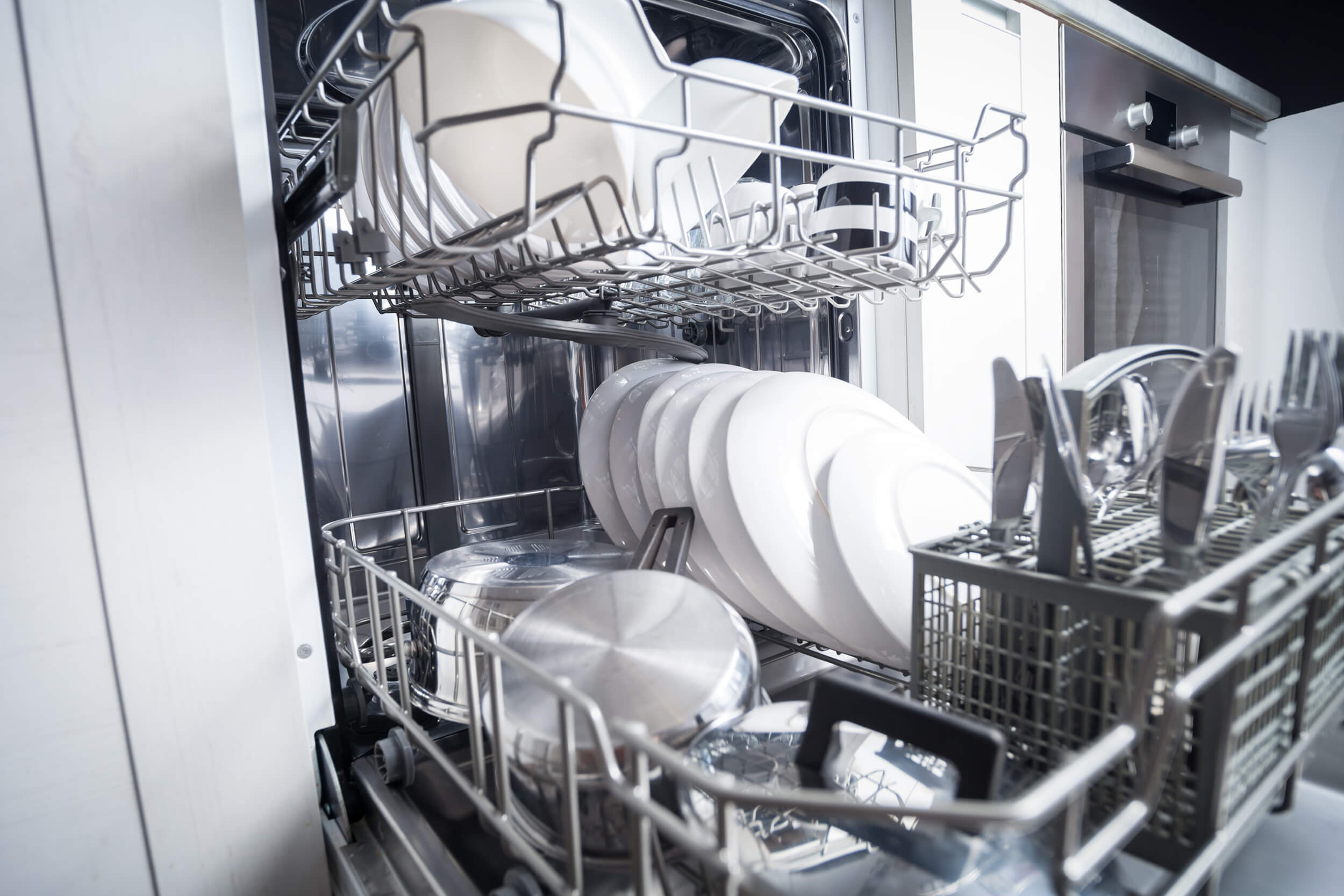Contact: Ben Somberg, 202-658-8129, bsomberg@aceee.org

Washington, DC—New clothes dryers would use about 40% less energy than today’s least efficient models under a Biden administration plan announced today. The proposed rule from the Department of Energy (DOE) would reduce costs for households by about $580 over the life of an electric dryer and $200 for a gas dryer—while still ensuring clothes are dried. The proposal would also cut 116 million metric tons of carbon emissions over 30 years of sales
“Some clothes dryers today are still using the same technology as models from decades ago, and they’re wasting energy. The standards have only improved a little over all these years. This is a strong proposal that would catch up with newer technology and reduce energy waste significantly,” said Andrew deLaski, executive director of the Appliance Standards Awareness Project. “We have the technology to dry clothes just as well using far less energy. This is going to save people a lot of money and avert needless greenhouse gas emissions.”
Clothes dryers—whether electric or gas—are one of the biggest energy users in many homes; today’s least efficient electric models consume as much as a tenth of the average home’s total electricity use.
When running a “normal” cycle that is supposed to stop when the clothes are dry, some models overdry the clothes, prior DOE testing has shown, wasting significant amounts of energy. And many models do not use newer technology to use heat more efficiently.
To meet the proposed standards, manufacturers would likely need to both ensure that dryers properly shut off when clothes are dry as well as use improved (but existing) heating technology, according to DOE’s analysis.
The test used to determine products’ compliance under the new rule would ensure that each model adequately dries the clothes when using a normal cycle. (Products that failed to do so would be retested using the highest dryness level setting; a dryer failing both tests could not be certified to be sold.)
Manufacturers could continue to make models allowing consumers to choose a “more dry” cycle, as well as timed cycles, which would be allowed to use more energy.
The proposed dryer standard was reviewed by the White House for more than five months before it was issued.
DOE yesterday proposed an updated efficiency standard for microwaves that would reduce the power they use while not operating.
###
The Appliance Standards Awareness Project (ASAP) organizes and leads a broad-based coalition effort that works to advance, win and defend new appliance, equipment and lighting standards which deliver large energy and water savings, monetary savings and environmental benefits.




